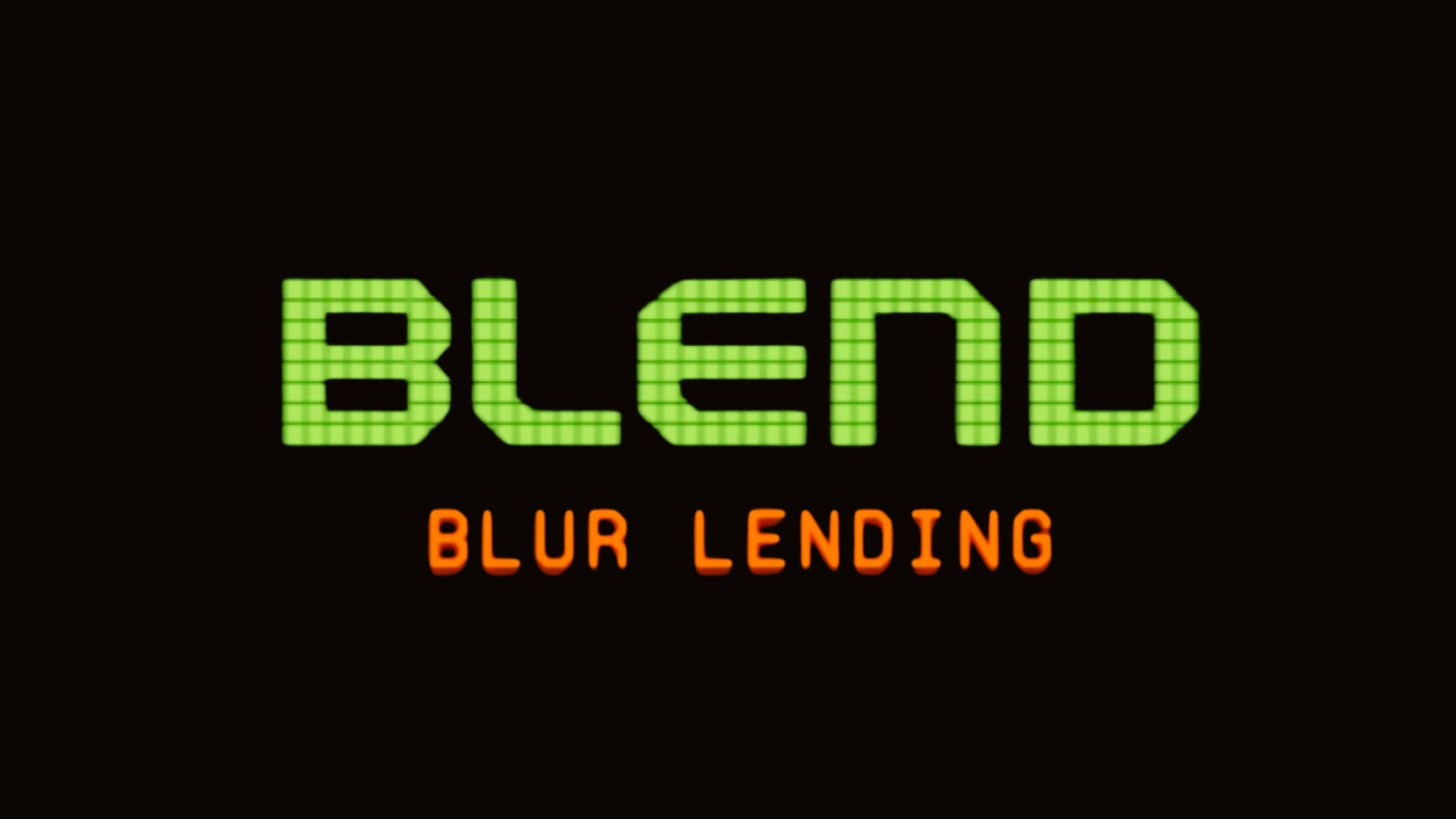Blend Protocol
The Blend Protocol is a technology that powers the Blur Network, which is an NFT marketplace for privacy-focused digital art. In addition to enabling secure and private transactions, the protocol also allows for the borrowing and lending of NFTs on the platform.
The borrowing and lending of NFTs on the Blur Network is facilitated through the use of smart contracts that are built on the Blend Protocol. These smart contracts allow users to lend their NFTs to other users for a specified period of time, in exchange for a fee or interest rate.
When a user borrows an NFT on the Blur Network, they must first provide collateral in the form of another NFT or cryptocurrency. The smart contract then holds the collateral until the borrower returns the borrowed NFT, at which point the collateral is released back to the borrower.
The lending and borrowing of NFTs can provide benefits for both parties. Lenders can earn interest or fees on their NFTs, while borrowers can use the borrowed NFTs to participate in events or exhibitions without having to purchase them outright.
Overall, the Blend Protocol on the Blur Network enables users to borrow and lend NFTs through the use of smart contracts, providing new opportunities for NFT holders and users of the platform.

In this dashboard, I conducted an analysis of Blend Protocol, a lending platform integrated with the Blur NFT marketplace. The platform allows users to lend and borrow from five specific collections, with the potential to earn or be charged interest on their transactions.
To perform this analysis, I utilized the Ethereum.core schema provided by Flipsidecrypto and filtered its data using the Blend Contract with this address: 0x29469395eaf6f95920e59f858042f0e28d98a20b.
Through examining borrower and lender activity, both overall and over time, I aimed to better understand user behavior and evaluate the protocol's performance in the DeFi environment.